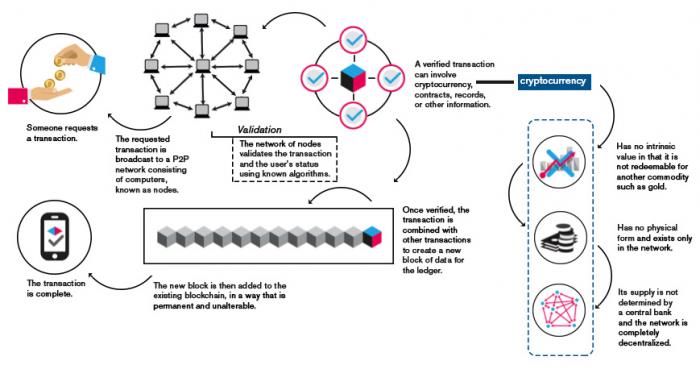For decades, maritime engineers and supply chain specialists used nothing more than a pencil and paper to handle the flow of millions of items from one point to another. The advent of the internet age offloaded much of this work to software programs, but even the most sophisticated programs were still subject to human (and computer) error.
But an innovative blockchain ecosystem is preparing to turn the shipping industry on its head. For the first time, all the participants and stakeholders in the shipping process—from manufacturers to port and terminal operators to customs authorities to supply chain engineers—will be able to access up-to-the-minute, independently-verified information to ensure that everyone is on the same page.
Read on to learn more about how blockchain technology is poised to change the way the worldwide shipping industry operates.
What is Blockchain Technology?
Blockchain technology is what allows cryptocurrencies like Bitcoin and Litecoin to provide secure yet freely visible transactions.
In most secure electronic transactions, information is input by the purchaser, scrambled and encrypted as it travels to its destination through a series of servers, and then decoded at the other end by the seller. These transactions can be vulnerable to fraud and hacking if the encryption fails at any point in the process.
In a blockchain transaction, each discrete step (or “block”) of the transaction must be independently verified by the network and completed before another block can be added to the chain. Because each block is visible to everyone in the chain and updated in real time, just like a spreadsheet or document that’s shared among millions of users, there’s far less risk of error than with other types of transactions. And because the block is open, not stored on a private server, there’s nothing to “hack” to gain secure data.
How will Blockchain Changes Shipping Processes?
In the shipping context, blockchain can revolutionize the way information is shared. Instead of attempting to coordinate dramatically different record keeping systems or trying to untangle a transaction to see where something went wrong; shippers, port authorities, and supply chain workers will all be able to view each step of a transaction on a single open database.

